.webp)
Hollywood Candy Company
This is the history of the Milk Shake candy bar that traces its roots to a broken pasta machine.
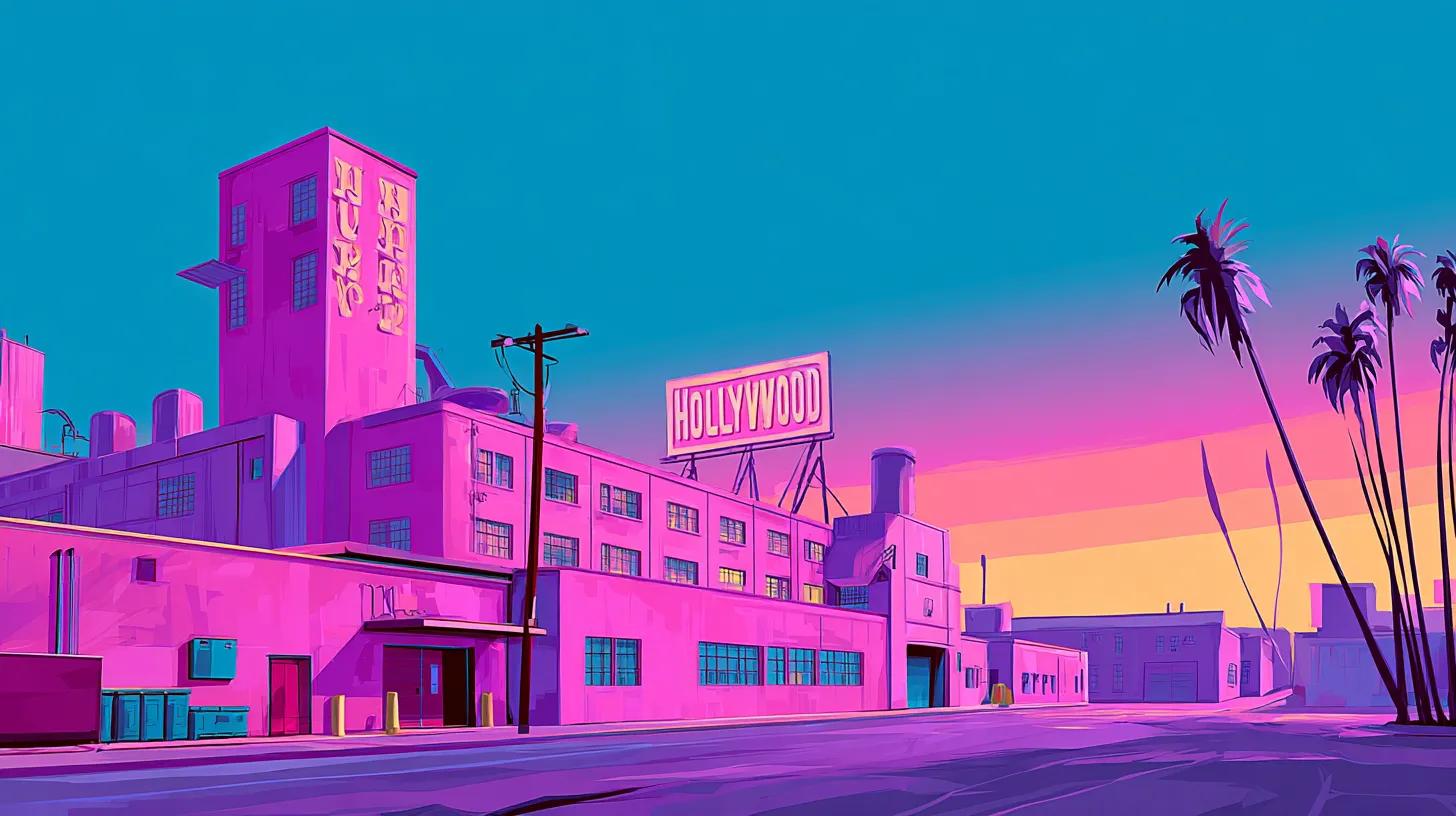
It’s 1911, and Frank Martoccio is running a successful macaroni company in Hollywood, Minnesota. One of his machines burns out, and he hears about a defunct candy factory selling equipment.
He wanted one machine. He ended up buying the entire factory.
By 1912, Martoccio had accidentally founded the Hollywood Candy Company.

In the early 1920s, Pendergast Candy Company made a mistake that changed everything. A baker added too many eggs to a nougat batch and discovered how to make it fluffy and light.
Frank Mars caught wind of this innovation and “borrowed” it for his 1923 Milky Way bar.
Martoccio watched Mars profit from this stolen idea. He wasn’t going to let that slide.

1927, the year everything changed.
Martoccio bought Pendergast Candy Company. His team created something Mars couldn’t copy. It was a candy bar that actually tasted like a chocolate malted milkshake.
The secret? Nougat coated in malt, lighter than the Milky Way. And it was designed to be frozen and eaten like ice cream.
Frank Mars had stolen their technique. Fine. Now Hollywood Candy had something better.
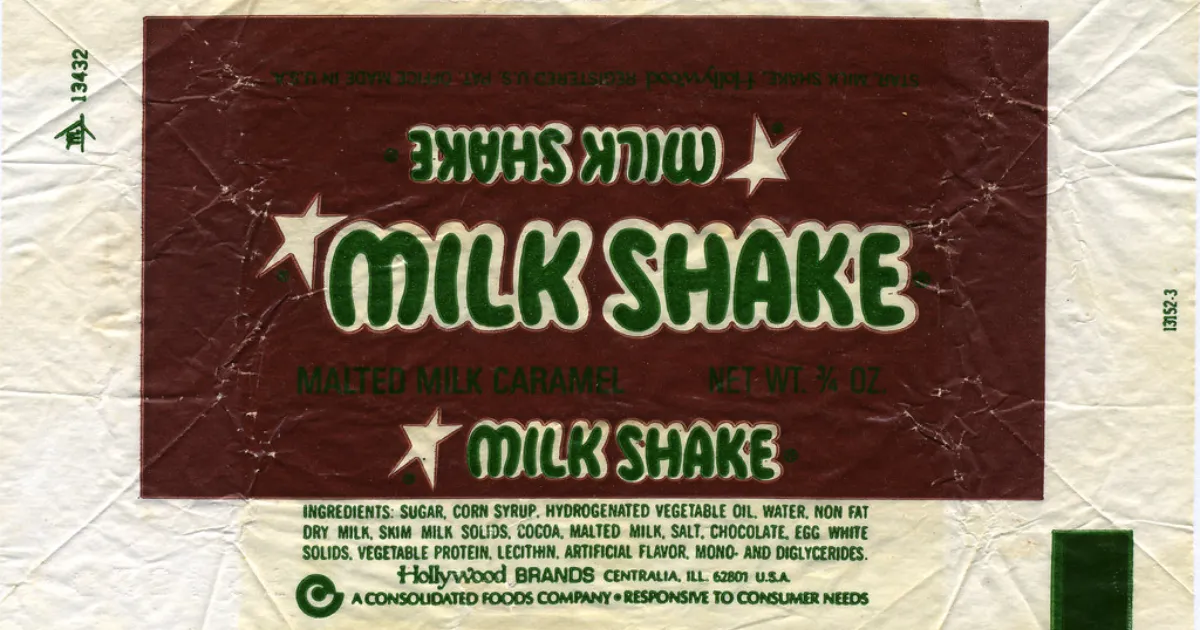
The 1930s-1950s were a golden era for the Milk Shake bar.
You might have seen the candy bar at your local swimming pool concession stands, baseball field snack bars, and community centers.
For a dime (double the regular candy bar price), kids got a candy bar that could be transformed into a frozen treat. Pool operators would stick them in freezers, often adding popsicle sticks.
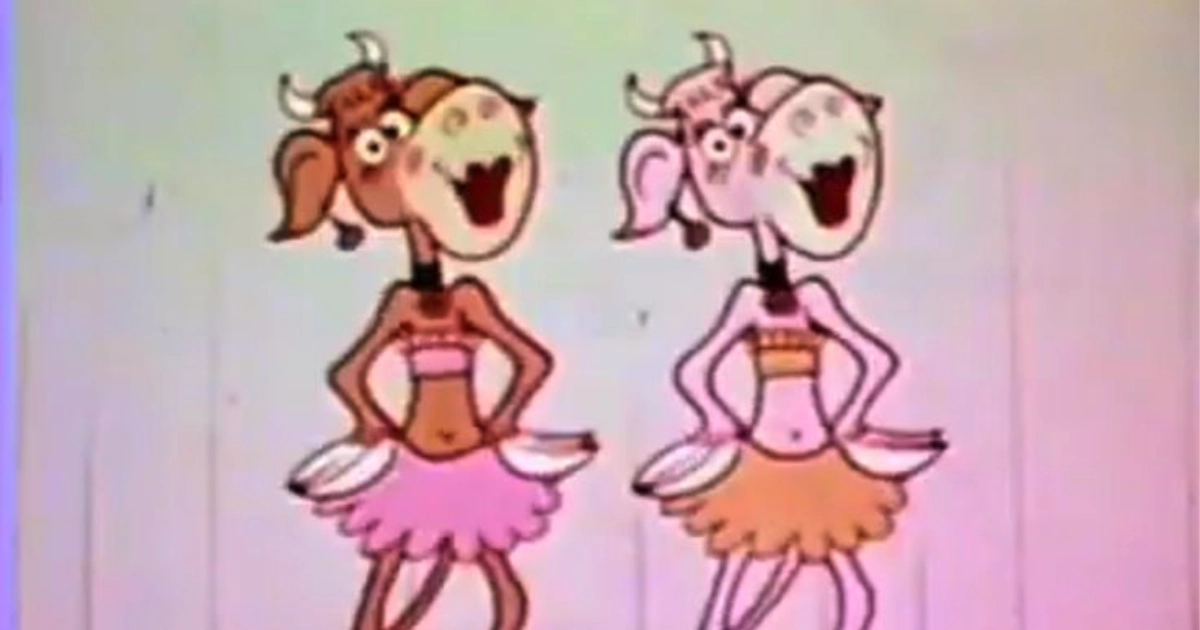
While competitors cut corners, Martoccio doubled down on premium ingredients:
The company continued to sell Milk Shake bars for 3 cents while Hershey charged 5 cents for inferior quality.
By the 1950s, Hollywood Candy was winning the candy bar wars.

But in 1967, Frank Martoccio retired after 50 years, selling his company to Consolidated Foods (later Sara Lee).
Corporate ownership changed everything. The personal touch that made Hollywood Candy special started disappearing. Premium ingredients became unnecessary expenses.
Then came disaster.
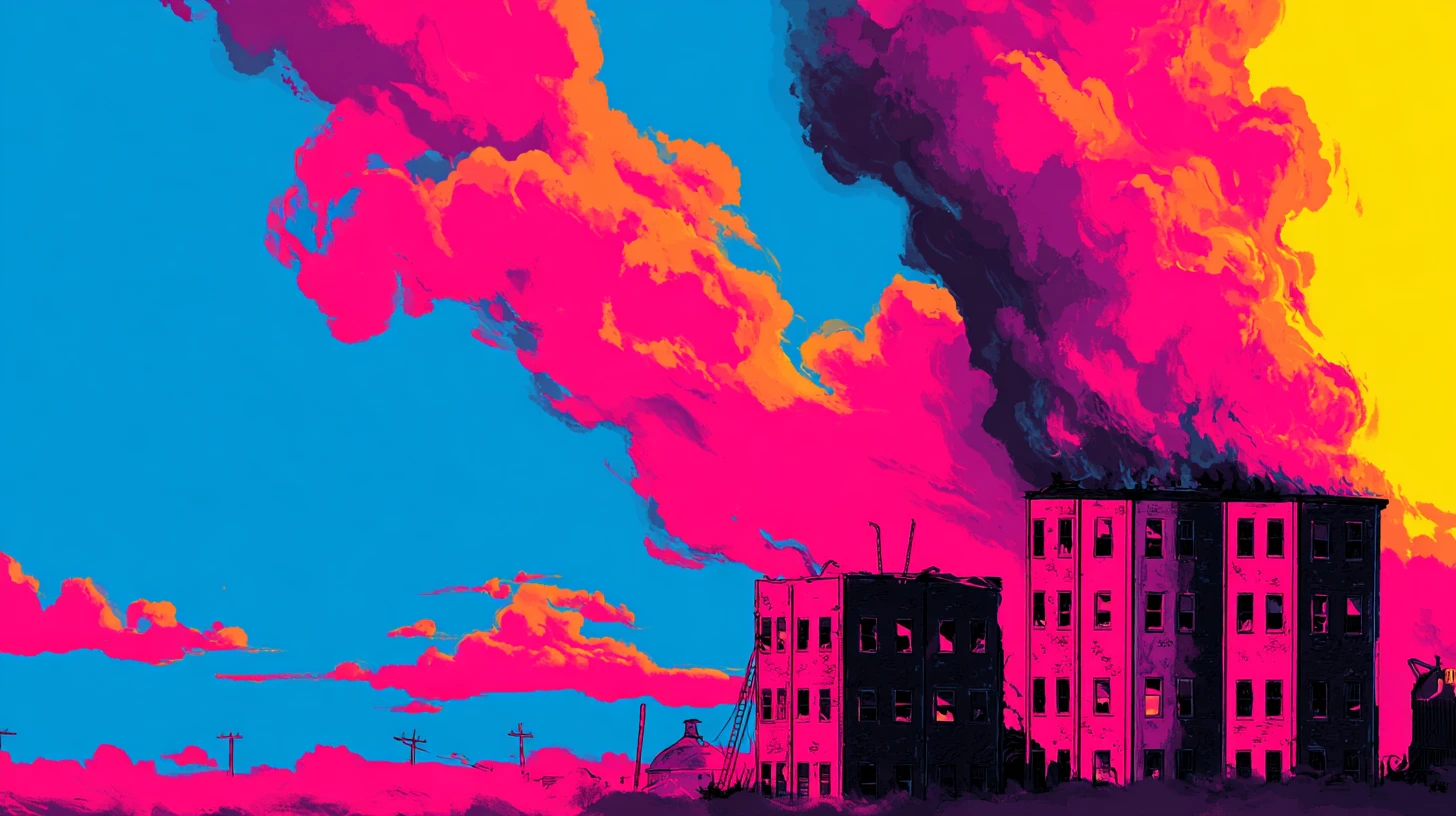
In 1980, the Centralia, Illinois plant—where Milk Shake bars had been made since 1938—burned to the ground.
Forty-two years of production history. Specialized equipment. Institutional knowledge. All gone.
Consolidated Foods couldn’t justify rebuilding for what they saw as a niche product. Quality suffered. Distribution became spotty. The end was near.

In 1988, Leaf Candy Company bought the Hollywood brands.
And in 1993, something unexpected happened. For a few months, Milk Shake bars appeared in workplace vending machines across America. Fans bought every bar they could find, somehow knowing it might be their last chance.
It was too little, too late.
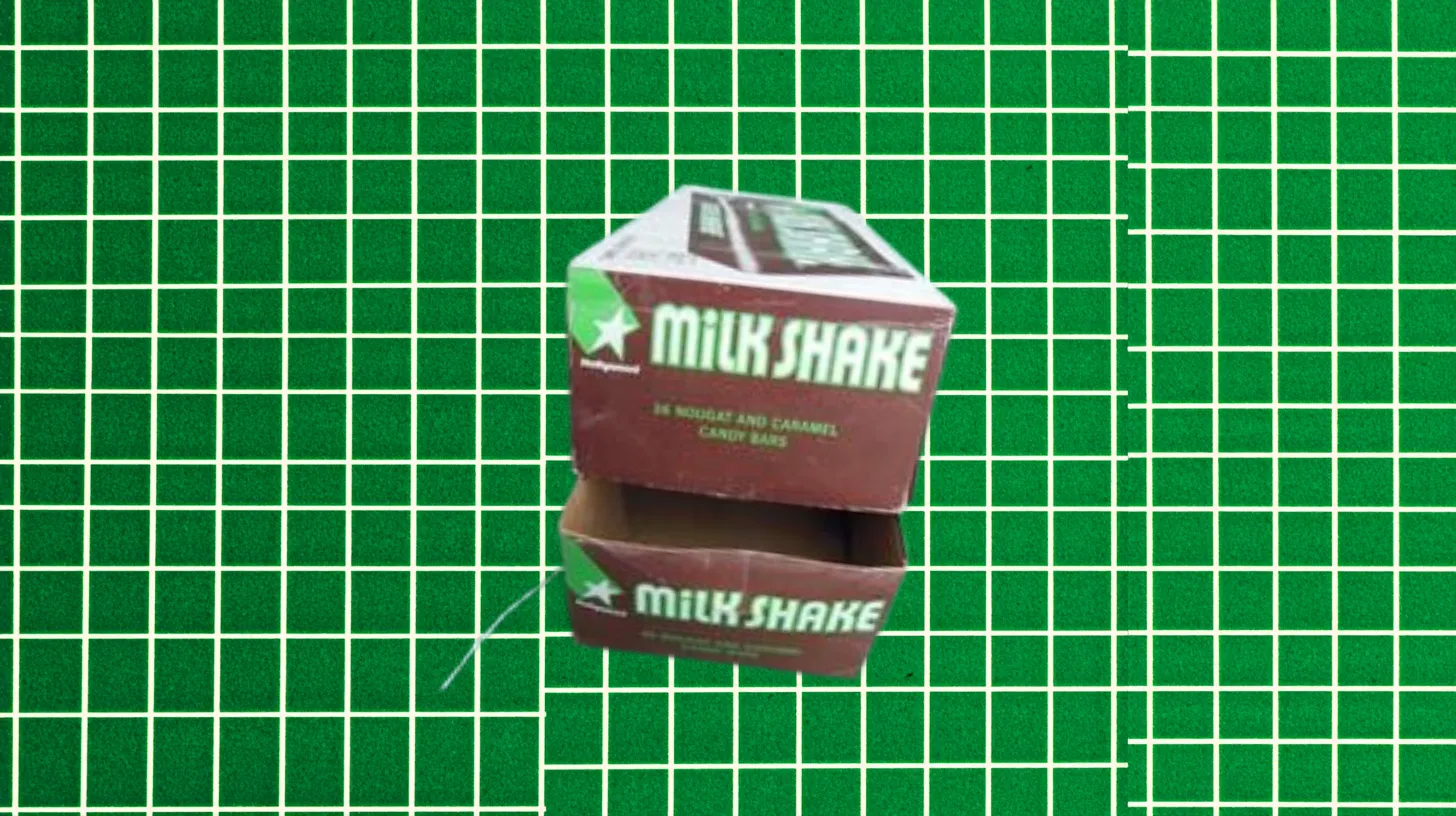
In 1996, Hershey acquired Leaf Candy Company and all the Hollywood brands.
The irony was brutal. Hershey, whose expensive 5-cent bars had been undercut by Martoccio’s superior 3-cent offerings, now owned all the brands.
Hershey kept PayDay and Zero bars. But they discontinued everything else, including the Milk Shake candy bar.
In 2011, businessman Kenneth Wiesen (who revived Bonomo Turkish Taffy) tried to bring back the Milk Shake bar. But it didn’t work, and it was dead again.